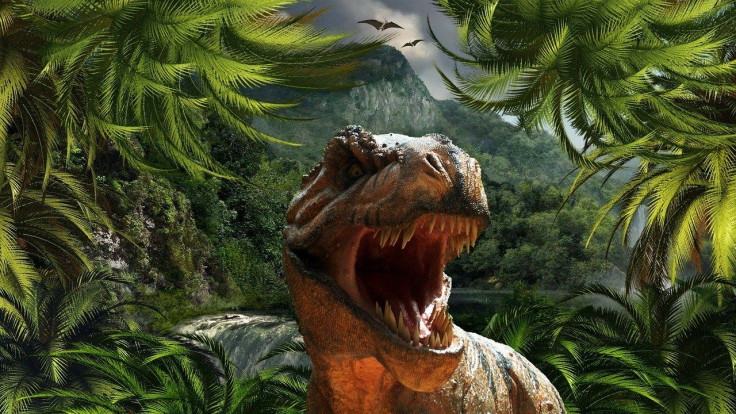Scientists To Drill Through Earth’s Crust To Understand Extinction Events

KEY POINTS
- Scientists are drilling on the seafloor to reach Earth's crust
- Sediments from the Earth's crust contain a record of the planet's history
- Samples show how Earth adapted to extinction-level events
Scientists sailing in the ocean south of New Zealand have been drilling into Earth’s crust to learn more about the planet’s history. Specifically, the scientists are hoping to understand the effects of extinction-level events on Earth.
The expedition is being carried out through a 41-year-old deep ocean drilling vessel known as JOIDES Resolution. It is crewed by 118 individuals, which includes scientists from Rutgers University, Harvard and Oregon State University.
According to the scientists, drilling into Earth’s crust can reveal a lot about the planet’s history. Its sediments contain a physical record of the environmental changes that Earth has gone through.
The scientists noted that accessing Earth’s inner layers by drilling beneath the ocean is much easier to do than carrying it out on land. Drilling on the seafloor will provide instant access to the oceanic crust, which is about 7 kilometers thick. Although this may seem like a lot, the crust on land is still many times thicker. This means more resources and time are needed to reach the crust when drilling on land.
This is the primary reason why the scientists decided to go on an ocean drilling expedition aboard the JOIDES Resolution, which previously functioned as an oil drilling ship.
“Sailing on the JOIDES is something that every paleoceanographer dreams of,” sedimentologist Laura Haynes said according to CNN.
Through the samples they have collected after drilling through the oceanic crust, the scientists were able to learn more about the Palaocene-Eocene Thermal Maximum, a global event characterized by hot temperatures that occurred about 55 million years ago.
Aside from this event, the scientists were also able to collect data from the Cenozoic Era, which occurred 66 million years ago. This is the period that took place after an asteroid impact caused a mass extinction event that wiped out the dinosaurs.
According to physical properties specialist Elizabeth Sibert, studying these kinds of events provides a better understanding of how Earth responds to major global changes.
“[Our mission is] to understand how life responds to major global change, such as rapid global warming or cooling, and mass extinction,” she said.
© Copyright IBTimes 2024. All rights reserved.





















